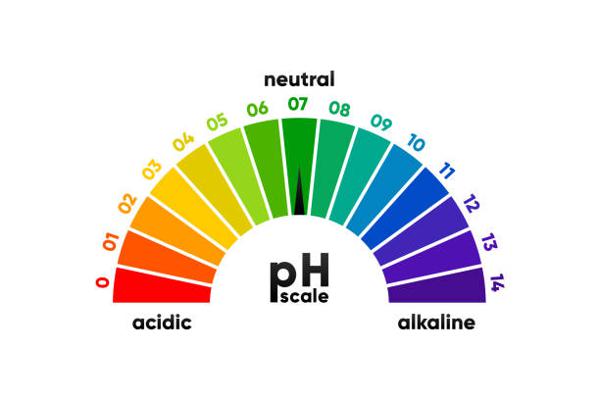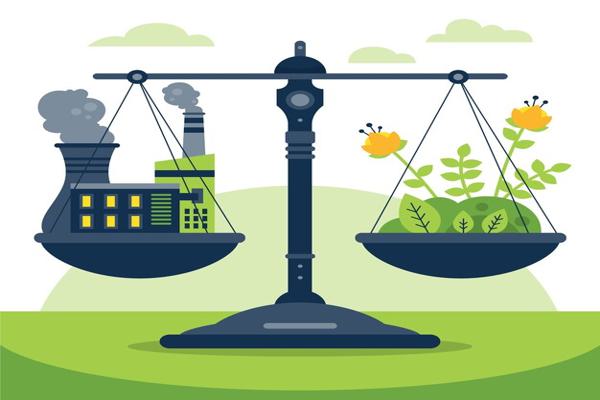What Role Does Soil pH Play in Environmental Sustainability?
In the conversation about climate change, food security, and sustainable land use, soil pH1 often goes unnoticed. But this seemingly simple measure—the acidity or alkalinity of soil—has a profound impact on ecological health2, agricultural productivity, and environmental sustainability3. Whether you’re a farmer, researcher, or conservationist, understanding and managing soil pH is essential to maintaining balanced ecosystems and supporting long-term land health.
Significance of Soil pH in Ecology
Soil pH shapes the entire biological activity of the soil, affecting everything from microbial communities to plant growth. It determines:
- Which nutrients are available for plant uptake.
- How well beneficial microbes can function.
- Whether toxic metals become soluble and enter food chains.
A balanced soil pH (typically between 6.0 and 7.5) supports the greatest biodiversity and nutrient cycling efficiency.
Ecological Impacts of Soil pH Extremes
| Soil pH Range | Ecological Condition | Implication |
|---|---|---|
| 8.0 | Alkaline, possible micronutrient lock-up | Iron and zinc deficiencies |
Maintaining the right pH ensures that soil ecosystems remain resilient, productive, and self-regulating—cornerstones of environmental sustainability.

Methods for Measuring Soil pH
Monitoring soil pH doesn’t require a high-tech lab—today, there are several accessible and accurate methods used in the field and lab settings.
Common Soil pH Testing Methods:
- pH Test Strips – Quick and inexpensive, suitable for basic checks.
- Digital pH Meters – Provide more precise readings, ideal for repeated monitoring.
- Soil-Water Suspension Method – Mixing soil with distilled water (usually 1:1 or 1:2 ratio), then testing with a probe.
- Laboratory Analysis – Offers the most accurate results, especially for research or remediation projects.
Method Comparison Table
| Method | Accuracy | Cost | Best For |
|---|---|---|---|
| pH Strips | Moderate | Low | Hobby gardeners, quick tests |
| Digital pH Meter | High | Medium | Farmers, agronomists |
| Soil-Water Suspension | High | Low | Field testing with basic tools |
| Lab Analysis | Very High | High | Research, remediation planning |
Regular testing allows land managers to track changes over time and make informed interventions for sustainability.

Influence of pH on Nutrient Availability
Soil pH isn’t just about acidity—it controls which nutrients plants can access and how efficiently they can absorb them. Even when soils are rich in nutrients, a wrong pH can make them unavailable to crops.
Nutrient Availability vs. pH
| Nutrient | Optimal pH Range | What Happens Outside This Range |
|---|---|---|
| Nitrogen (N) | 6.0 – 8.0 | Reduced microbial activity in low pH |
| Phosphorus (P) | 6.5 – 7.5 | Fixation in acidic or alkaline soils |
| Potassium (K) | 6.0 – 7.5 | Leaching in acidic soils |
| Iron (Fe) | < 6.5 | Deficient in high pH soils |
| Zinc (Zn) | 5.5 – 7.0 | Locked up in alkaline soils |
When pH is unbalanced, plants suffer, leading to reduced growth, lower yields, and less resilient ecosystems. Long term, this threatens soil fertility and biodiversity.

Adjusting Soil pH for Environmental Balance
Correcting pH is one of the most effective ways to restore soil health and environmental balance4. It allows for better nutrient use5, less chemical runoff, and improved plant resilience6.
Techniques to Adjust Soil pH:
-
To Raise pH (Make Soil Less Acidic):
- Apply agricultural lime (calcium carbonate).
- Use wood ash as a natural alternative.
- Improve drainage to reduce organic acid buildup.
-
To Lower pH (Make Soil Less Alkaline):
- Add elemental sulfur or aluminum sulfate.
- Incorporate organic matter like peat moss.
- Use acid-forming fertilizers cautiously.
Adjustment Strategy Table
| Current pH | Target pH | Recommended Amendment |
|---|---|---|
| 5.0 | 6.5 | Lime (1–2 tons/acre) |
| 8.0 | 6.8 | Sulfur (250–500 kg/ha) |
| 4.5 | 6.0 | Lime + Compost |
| 7.8 | 6.5 | Organic matter + iron sulfate |
Restoring optimal pH supports better water retention, stronger root systems, and reduced dependency on synthetic fertilizers—a win for both productivity and the planet.

Conclusion
Soil pH plays a critical role in the environmental sustainability of ecosystems and agriculture7. By influencing nutrient availability, microbial activity, and overall soil function, pH serves as a gatekeeper for healthy land use. Regular testing and thoughtful adjustments allow us to preserve soil resources, enhance crop performance, and protect surrounding ecosystems8—ensuring that the foundation beneath our feet remains fertile, balanced, and resilient for generations to come.
-
Understanding soil pH is crucial for optimizing crop yields and maintaining healthy ecosystems. Explore this link to learn more about its significance. ↩
-
Ecological health is vital for sustainable land use. Discover how soil management impacts ecological balance and health. ↩
-
Environmental sustainability is essential for future generations. This resource will provide insights into sustainable practices in agriculture. ↩
-
Exploring this resource will provide insights into sustainable practices that enhance soil health and promote environmental balance, crucial for agriculture and ecology. ↩
-
Understanding the relationship between pH and nutrient use can help optimize soil management for better crop yields and sustainability. ↩
-
This link will offer valuable information on enhancing plant resilience, which is essential for adapting to climate change and ensuring food security. ↩
-
Understanding this role can help in making informed decisions for sustainable agriculture and ecosystem management. ↩
-
This resource can provide strategies to improve soil health and agricultural productivity, benefiting both farmers and the environment. ↩







